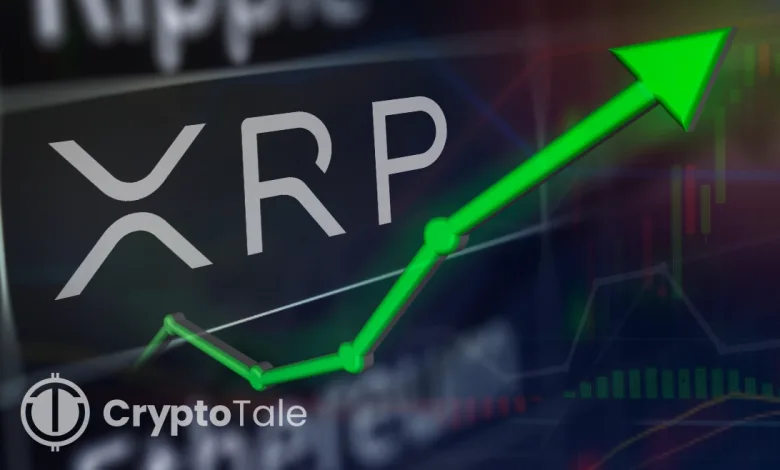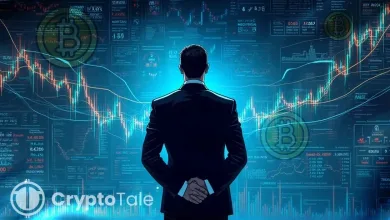XRP Struggles to Pump Despite Key Partnerships and Growth

- XRP’s 24-hour volume is $4.5B, but its market cap ratio remains under 3% compared to BTC.
- XRP’s price movements show signs of manipulation, driven by market makers and trading bots.
- Ripple’s European expansion and XRP ETF reflect growing institutional interest.
Under Ripple’s leadership, XRP has shown strong progress through major partnerships and announcements that strengthen its market relevance. However, XRP’s market capitalization is considerably smaller than Ethereum (ETH) and Bitcoin (BTC). Despite these advancements, questions remain about XRP’s ability to drive significant price growth.
XRP’s Market Position: A Comparison to BTC and ETH
XRP has a 24-hour trading volume of $4.5 billion, and its trading volume accounts for 3% of its market capitalization of around $140 billion. Meanwhile, Bitcoin (BTC) maintains a dominating position with $37 billion in daily trading volume, while its massive $1.9 trillion market capitalization means its trading volume accounts for less than 2% of its total value. Ethereum sees a daily trading volume of $20 billion, which accounts for 6% of its $315 billion market capitalization.
XRP’s market activity remains lower compared to its strongest competitors. However, the trading volume following Ripple’s partnerships with financial institutions and European market expansion events has not matched the expected price gains that users predicted after these announcements. XRP price movements fail to achieve significant trading volume that could support lasting market growth, indicating a split between how the financial world sees its utility and investor perception of its value.
Concerns Over XRP’s Price Action and Market Manipulation
Market experts suggest that XRP’s price may be subject to manipulation. Market makers and high-frequency trading bots appear to drive artificial price movements rather than organic market trends. The price fluctuations of XRP stem from artificial market conditions until it achieves a sustainable natural increase in trading volume. XRP’s actual cross-border payment solutions and financial partnerships do not adequately show in its current market price data, possibly due to market manipulation by trading bots.
Market analysts recommend a naturally developing increase in trading volume because this development would establish solid foundations for XRP’s value stability and legitimacy. The market’s perception of XRP remains uncertain due to its ongoing volatility since it lacks fundamental characterization as a credible cryptocurrency.
Related: Ripple’s XRP Ledger Recovers After Unexpected Network Halt
Ripple’s U.S. Regulatory Influence
Speculation is growing that Ripple’s CEO, Brad Garlinghouse, may resign to join the White House Crypto Advisory Council amid shifting market dynamics. These developments raised curiosity about Garlinghouse’s possible effect on U.S. crypto regulations as he aims to establish enhanced transparency in digital asset regulations. As an advisory team member, Garlinghouse can apply his knowledge from battling the SEC with Ripple Network to develop regulatory frameworks that are favorable for crypto asset expansion.
Although Garlinghouse has not officially announced a career shift, his potential government role might trigger significant transformations in U.S. digital asset regulation, which would impact cryptocurrencies such as XRP.





